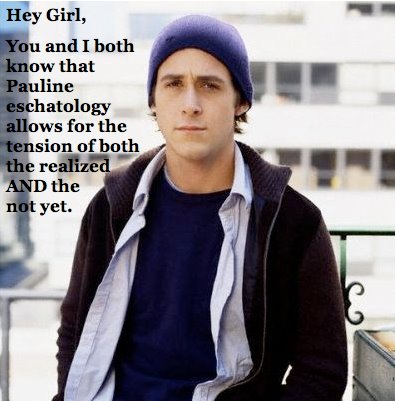Here’s a meta one for you. In the most recent issue of The NY Times Magazine, the ever inspired Carina Chocano offered some wise and timely reflections on the “curation” phenomenon that occupies so many of our waking hours these days, esp in the form of websites like Pinterest and Tumblr. Chocano interprets the popularity of these sites as evidence of an addiction to (spiritual) longing–a desire to be understood via the objects (and people) we identify ourselves with. In her view, we are not after the objects/vistas/works of art themselves so much as the way those things make us feel; perhaps we even fall in love with the version of ourselves these collages represent. And instead of interpreting the distance between the real and ideal as suggestive of some kind of moral or existential inadequacy, we use it as the basis of something far more romantic and self-pitying (thus increasing whatever moral or existential liability there may be). A few curated sections include:
In the past half-decade, I’ve probably spent more time fighting the urge to satiate my visual addictions — addictions formed in the process of satiating them, no doubt — than I have actually browsing through magazines. Not because I don’t like magazines. In many ways, I like them better. But they’re too grounded in space and time, too organized and linear, too collaborative and professional to deliver the synaptic frisson available from the stream-of-consciousness image blog.
I used to think this obsession was mine alone. But now nearly everyone I know — and by that I mean everyone who spends vast, barren tundras of time at her computer — goes to Web sites like these to escape, de-stress, perk up, calm down, feel something, not feel something, distract themselves and (they don’t call it “lifestyle pornography” for nothing) modulate pleasure and arousal. A friend of a friend calls his addiction to sites like these “avenues for procrastination,” but I think there’s something else involved. Like other forms of pastiche — the mix tape, the playlist, the mash-up — these sites force you to engage and derive meaning or at least significance or at the very least pleasure from a random grouping of pictures. Why not dive into an alternative world full of beauty and novelty and emotion and the hard-to-put-your-finger-on feeling that there’s something more, somewhere, where you’re not chained to your laptop, half dead from monotony, frustration and boredom?
There’s a German word for it, of course: Sehnsucht, which translates as “addictive yearning.” This is, I think, what these sites evoke: the feeling of being addicted to longing for something; specifically being addicted to the feeling that something is missing or incomplete. The point is not the thing that is being longed for, but the feeling of longing for the thing. And that feeling is necessarily ambivalent, combining both positive and negative emotions.
A paper titled “What Is It We Are Longing For?” published in The Journal of Research in Personality, breaks down these “life longings” into essential characteristics. They target aspects of our lives that “are incomplete or imperfect”; involve “overly positive, idealized, utopian imaginations of these missing aspects”; focus on “incompleteness on the one hand and fantasies about ideal, alternative realities on the other hand”; result in a “temporarily complex experience” combining “memories of the past, reflections on the imperfect present and fantasies about an idealized future” (this is called “tritime focus”); and that “make individuals reflect on and evaluate their life, comparing the status quo with ideals or successful others.”
In other words, your average Pinterest board or inspiration Tumblr basically functions as a longing machine… Someone on Pinterest once posted a slide that read: “Pinterest: Where women go to plan imaginary weddings, dress children that don’t exist and decorate homes we can’t afford.” But to focus on the “aspirational” aspect is to miss the point. People don’t post stuff because they wish they owned it, but because they think they are it, and they long to be understood, which is different.
In the end, all that pent-up yearning needs a place to go, and now it has that place online. But products are no longer the point. The feeling is the point. And now we can create that feeling for ourselves, then pass it around like a photo album of the life we think we were meant to have but don’t, the people we think we should be but aren’t.
While clearly I believe there is something (very) worthwhile in all this online curation, you can’t deny that Chocano has a point. Sometimes it seems as though the Internet is one big, transparent exercise in identity formation and self-justification. That successful websites would cater to such impulses should come as no surprise. Then again, there’s also something undeniably playful about places like Pinterest and Tumblr, and I for one know plenty of people who use them casually, to share and compare, etc. While they may not be the “creative outlets” that they would like users to believe they are, they certainly don’t discourage creativity. And if we’re waiting to approach beauty/art/the visual world until our motives are 100% non-compulsive, or our taste is 100% impeccable, we’ll wait forever, no? Plus, I’m not sure I’d ever want to subscribe to a definition of “creating” that’s so ambivalent about re-purposing. Because let’s face it – the world would be a much poorer place without Beach Boy Beards or Awesome People Hanging Out Together.
[youtube=www.youtube.com/watch?v=Cm2AenQC_d8&w=600]

COMMENTS
Leave a Reply














